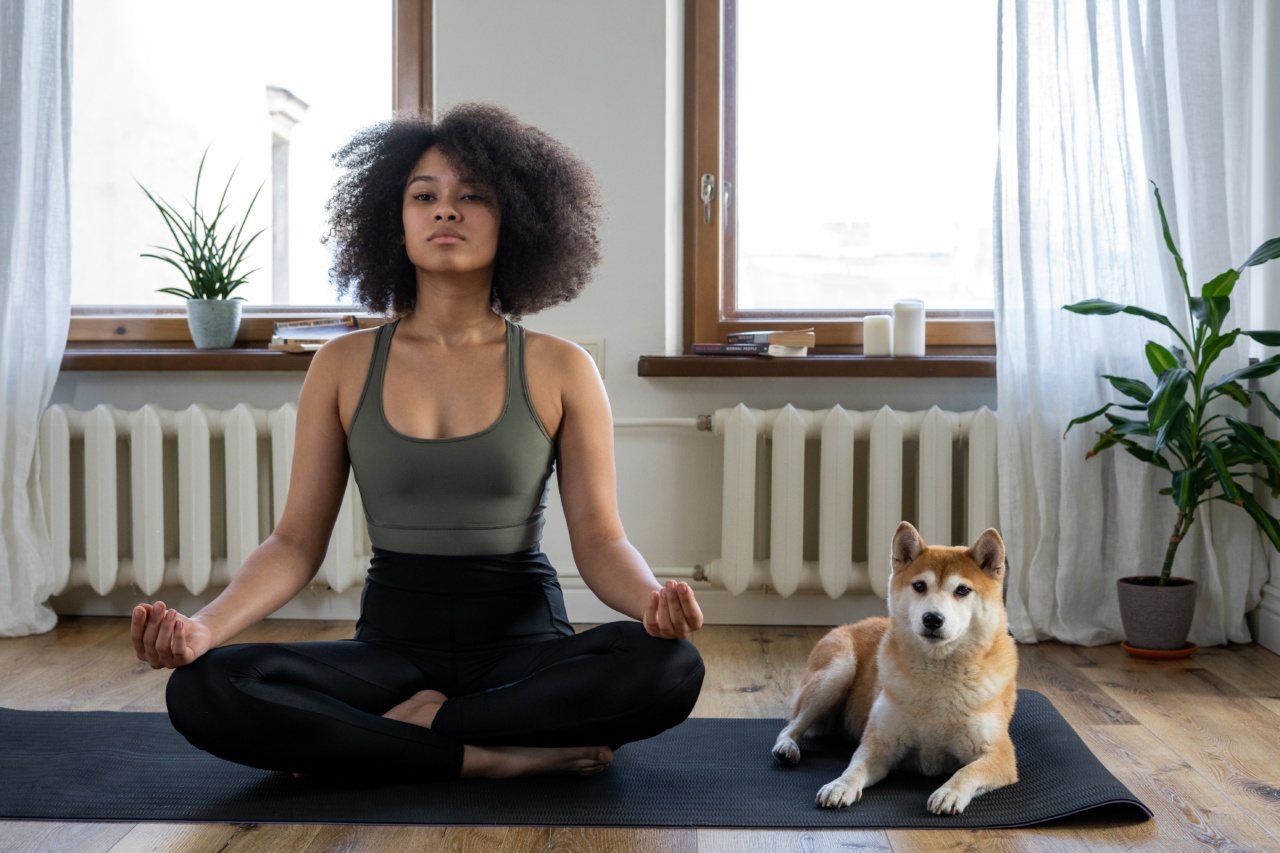Bladder control issues, such as urinary incontinence, affect millions of women worldwide. These problems can significantly impact the quality of life, causing embarrassment, discomfort, and limiting daily activities.
While there are various treatment options available, one often overlooked yet effective approach is incorporating yoga into your routine. Yoga is not only a holistic practice that promotes physical and mental well-being but can also improve bladder control in women.
In this article, we will explore how yoga can help strengthen the pelvic floor muscles, enhance body awareness, reduce stress, and provide overall relief for bladder control issues.
The Anatomy of the Pelvic Floor
Before delving into the benefits of yoga for bladder control, it is crucial to understand the anatomy of the pelvic floor. The pelvic floor is a group of muscles, ligaments, and tissues that form a supportive sling at the bottom of the pelvis.
These muscles play a vital role in controlling the bladder, bowel movements, and sexual function.
How Yoga Strengthens the Pelvic Floor
One of the key ways yoga improves bladder control is by strengthening the pelvic floor muscles. Many yoga poses specifically target these muscles, helping to tone and enhance their functionality.
Here are some yoga poses that can be particularly effective:.
1. Mula Bandha (Root Lock)
Mula Bandha strengthens the pelvic floor muscles by engaging them consciously. To practice this pose, sit comfortably with your spine erect. Close your eyes and take a deep breath in.
As you exhale, gently contract the muscles of the pelvic floor, as if you were trying to stop the flow of urine. Hold this contraction for a few seconds before releasing. Repeat this process 10-15 times, gradually increasing the duration of the hold.
2. Malasana (Garland Pose)
Malasana is a deep squat that helps open up the hips and stretches the pelvic floor. Start by standing with your feet hip-distance apart. Slowly lower your body into a squatting position, with your feet flat on the floor.
Keep your hands in a prayer position in front of your chest. Try to press your elbows against your inner thighs, gently opening your hips. Hold this pose for 30 seconds to 1 minute, breathing deeply.
3. Bridge Pose
Bridge pose strengthens the pelvic floor, glutes, and lower back. Lie on your back with your knees bent and feet hip-distance apart. Place your arms beside your body, palms facing down.
Inhale deeply and, as you exhale, lift your hips off the ground, pressing your feet and arms into the floor. Engage your glutes and inner thighs while keeping your knees in line with your ankles. Hold this pose for a few breaths before slowly lowering your hips back to the ground.
4. Child’s Pose
Child’s pose is a gentle stretch that helps relax the pelvic floor muscles while releasing tension in the lower back. Start in a kneeling position, then sit back on your heels. Lean forward and lower your torso between your thighs.
Extend your arms in front of you, placing your forehead on the ground. Take slow, deep breaths and hold this pose for 1-2 minutes.
Enhancing Body Awareness
In addition to strengthening the pelvic floor muscles, yoga also enhances body awareness. Many individuals with bladder control issues may have unknowingly developed compensatory movement patterns.
These patterns can exacerbate bladder control problems and hinder the effectiveness of other treatments. By practicing yoga, you become more attuned to your body’s sensations and can identify areas of tension, weakness, or imbalance.
Reducing Stress and Anxiety
Stress and anxiety can significantly impact bladder control in women. The constant activation of the body’s stress response can lead to muscle tension, including the pelvic floor muscles.
Yoga, with its focus on mindfulness and relaxation, can be a powerful tool for reducing stress and anxiety levels. Regular practice of yoga helps activate the parasympathetic nervous system, promoting a state of calm and reducing the frequency and severity of stress-related bladder control issues.
Other Benefits of Yoga for Bladder Control
Besides strengthening the pelvic floor and reducing stress levels, yoga offers several other benefits for bladder control:.
1. Improved Circulation
Yoga poses, such as forward bends and inversions, promote blood flow to the pelvic region. Enhanced circulation helps nourish the pelvic floor muscles, ensuring they receive an adequate oxygen and nutrient supply.
Good circulation also aids in the removal of waste products, preventing muscle fatigue and optimizing their function.
2. Increased Flexibility
Regular yoga practice improves overall flexibility, including the muscles and connective tissues in the pelvic floor area.
Increased flexibility allows for a greater range of motion and prevents stiffness and tightness, which can contribute to bladder control problems.
3. Better Posture
Yoga helps improve posture by strengthening the core muscles, including those that provide support to the pelvic floor. Good posture ensures proper alignment of the organs within the pelvis, reducing the strain on the bladder and enhancing its control.
4. Mind-Body Connection
Yoga places a strong emphasis on the mind-body connection, teaching individuals to be present in the moment and listen to their body’s signals.
By cultivating this awareness, you can better understand your body’s needs and respond appropriately. This heightened mind-body connection can translate into better bladder control as you become more attuned to the sensations and signals from your pelvic area.
Conclusion
Bladder control issues can significantly impact a woman’s life, but incorporating yoga into your routine can provide relief and improve overall well-being.
Regular practice of yoga poses that target the pelvic floor muscles can strengthen them, reducing urinary incontinence and improving bladder control. Additionally, yoga enhances body awareness, reduces stress, improves circulation and flexibility, promotes better posture, and cultivates a strong mind-body connection.
By embracing the holistic benefits of yoga, women can regain control over their bladders and embrace a happier, more confident life.





























